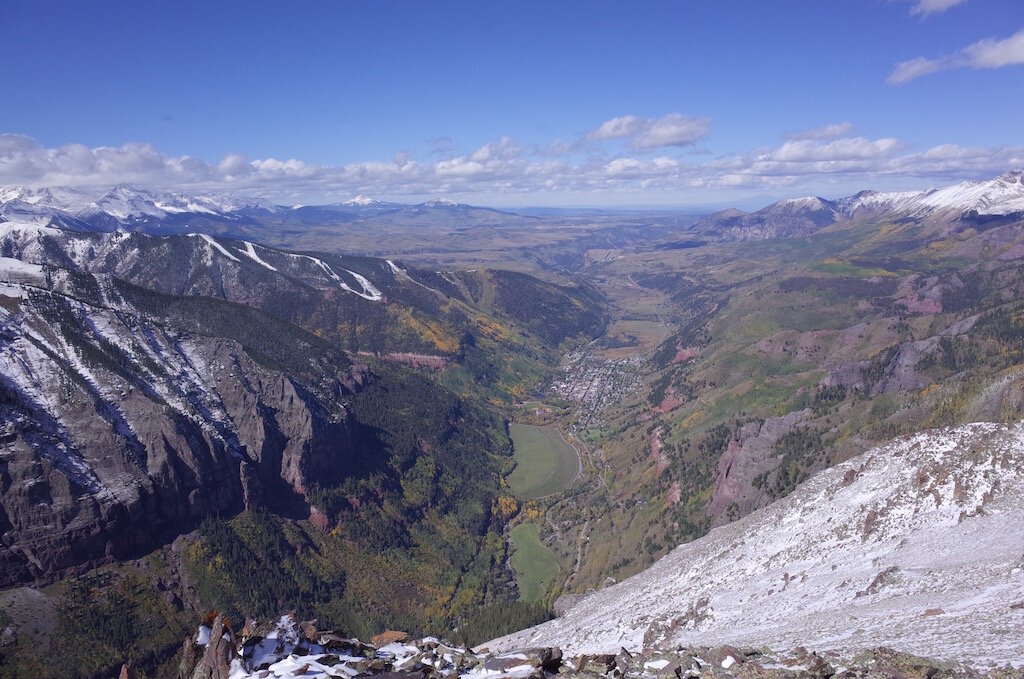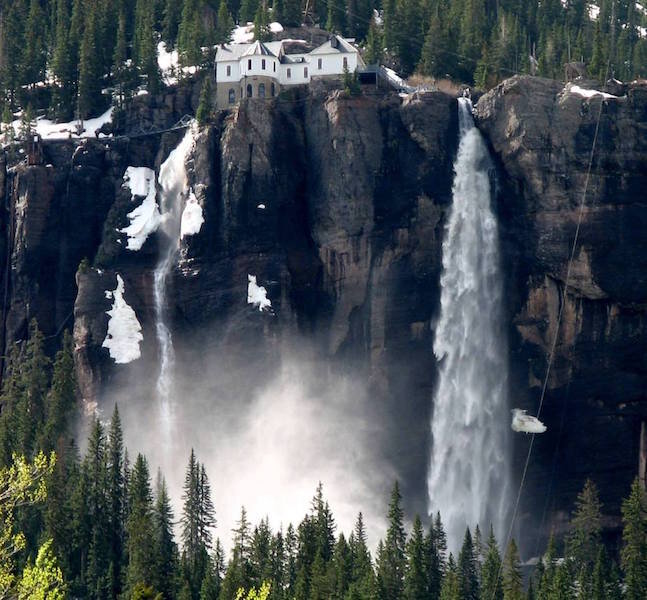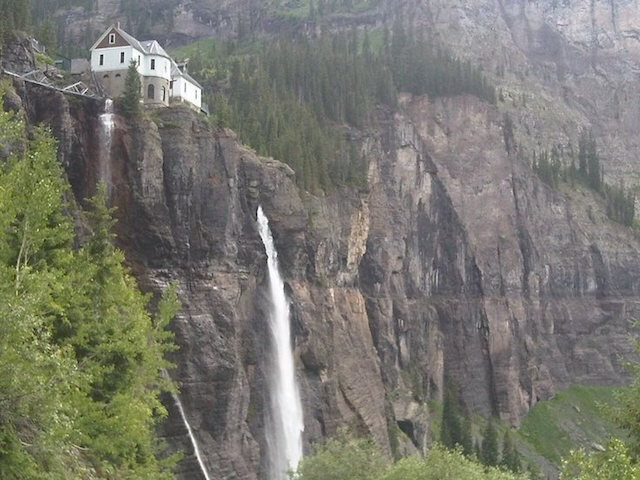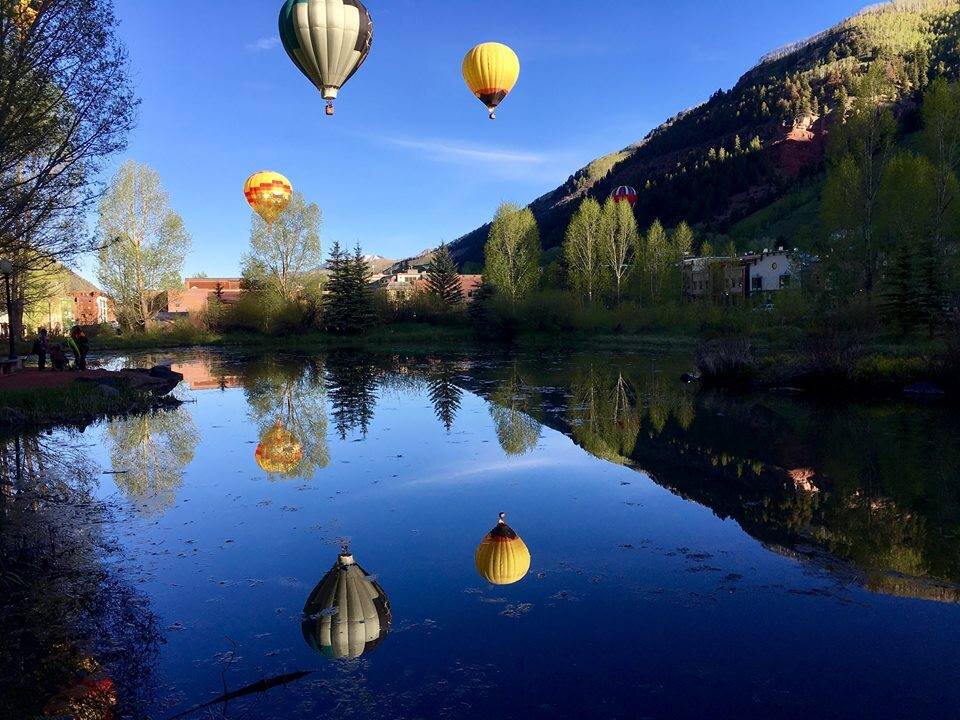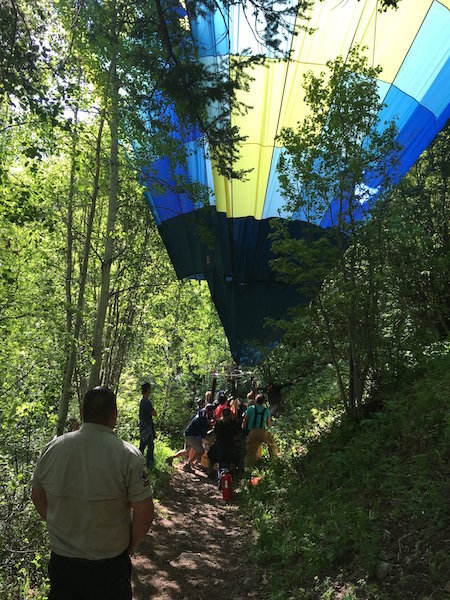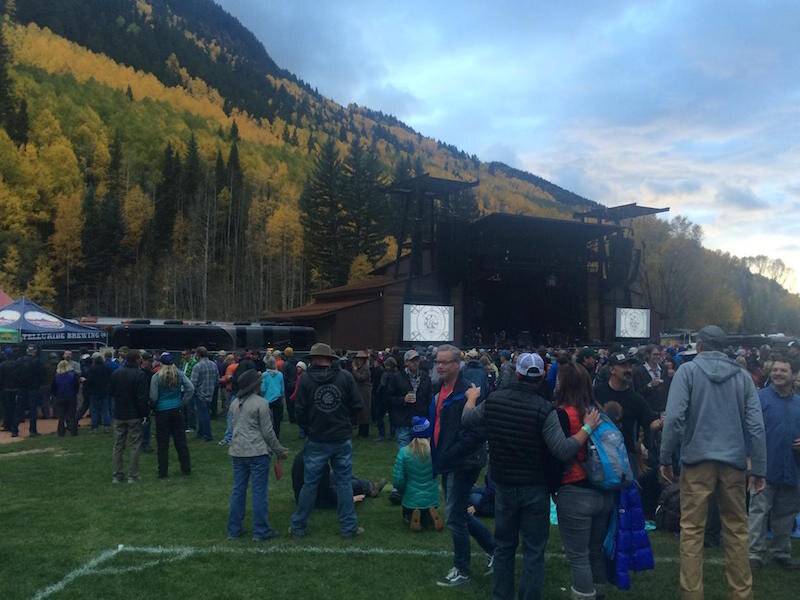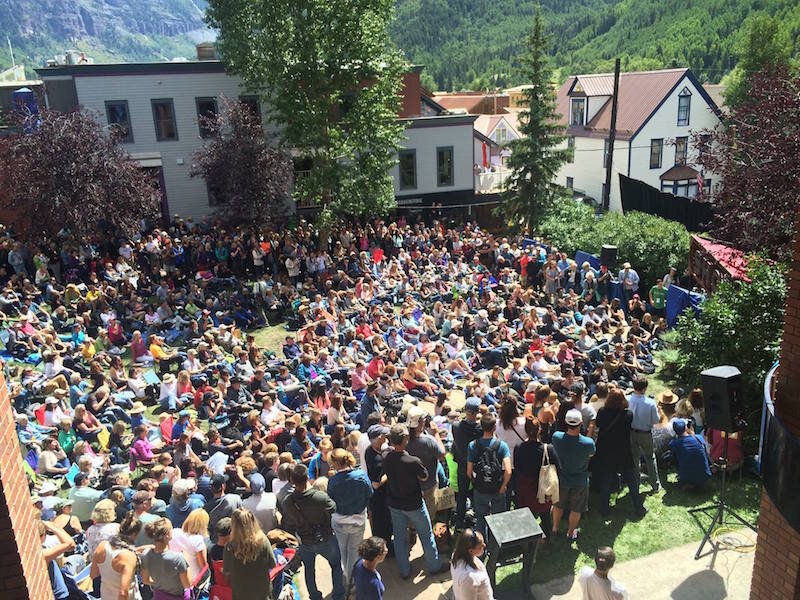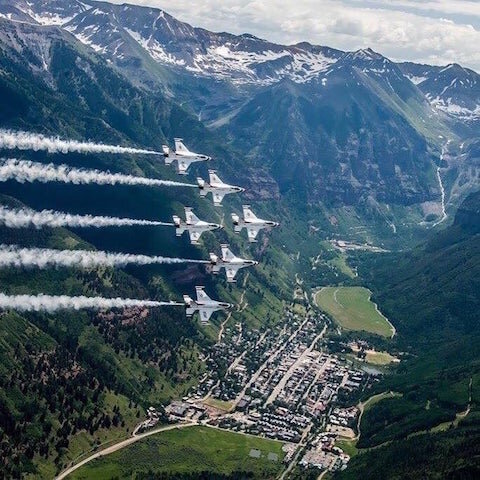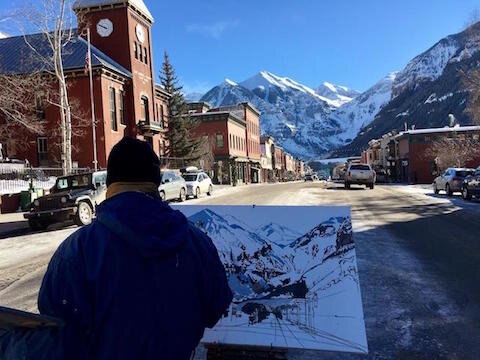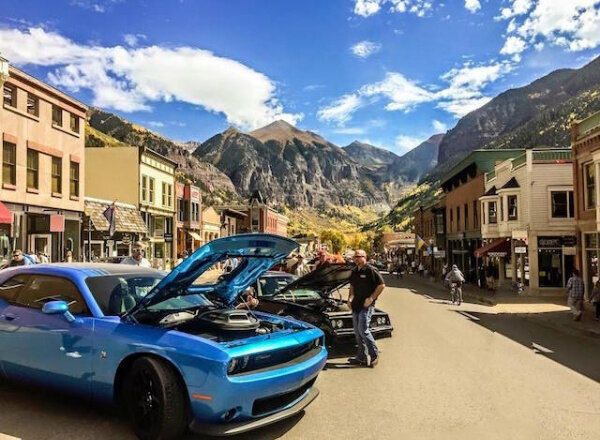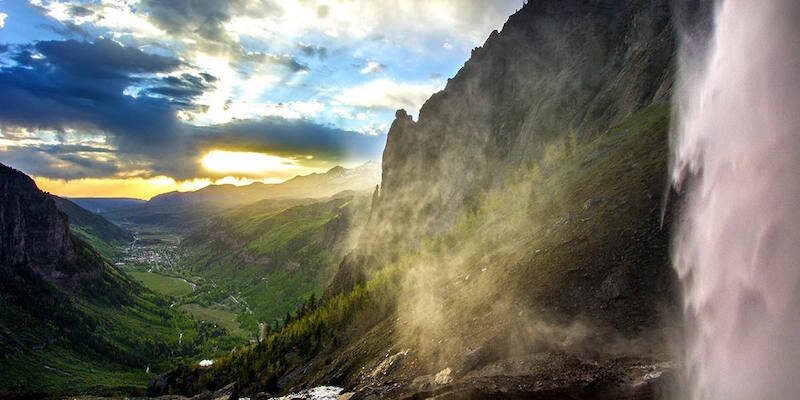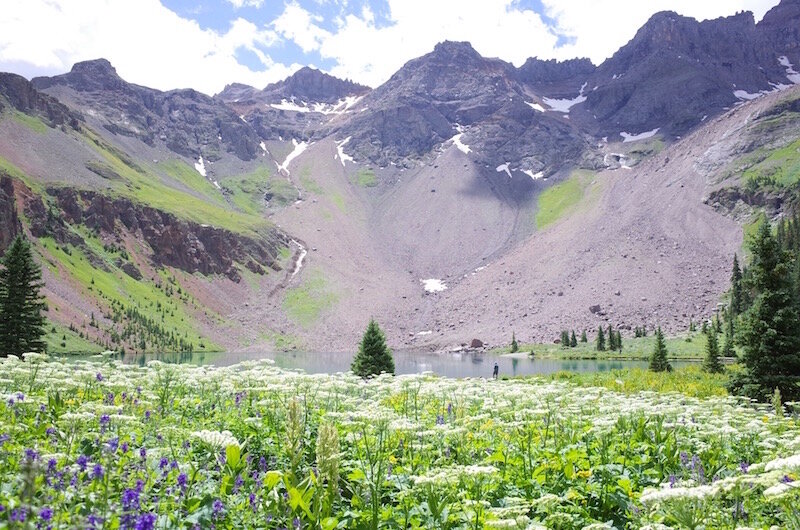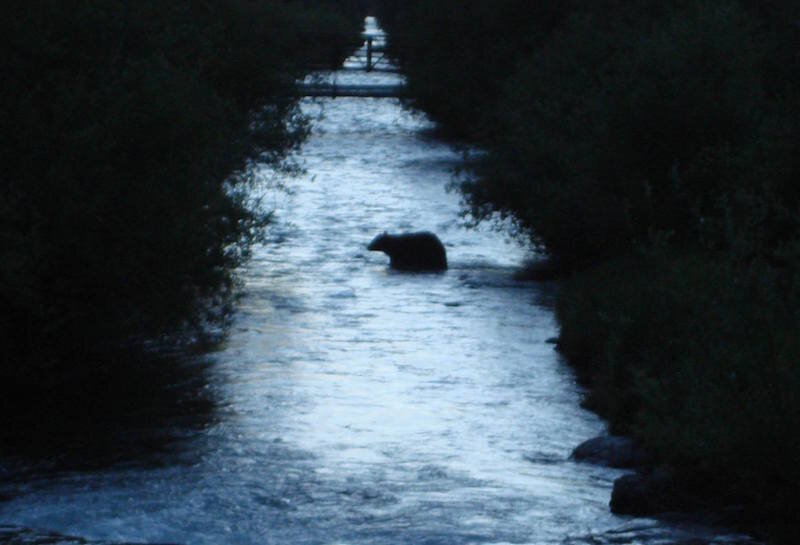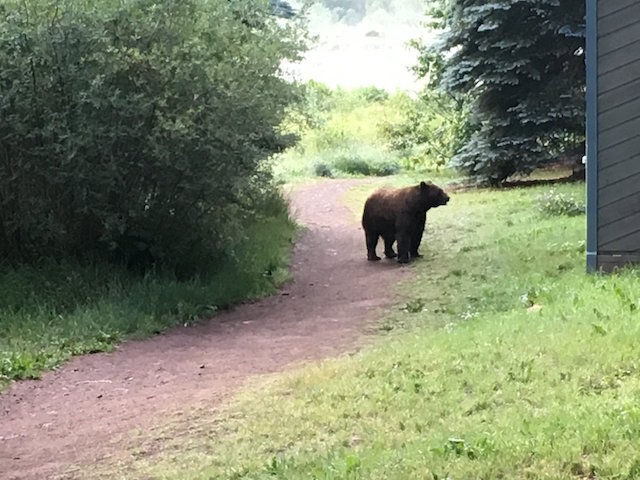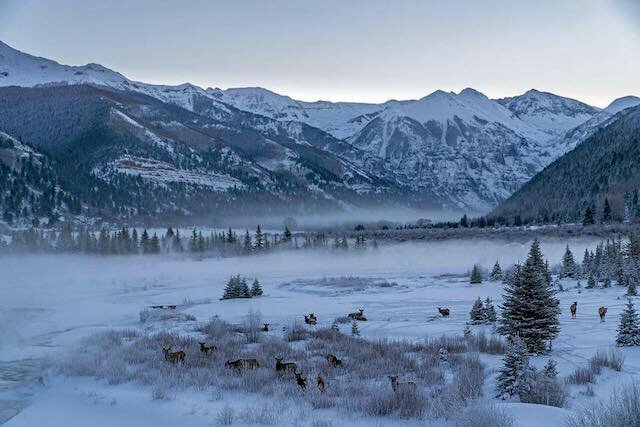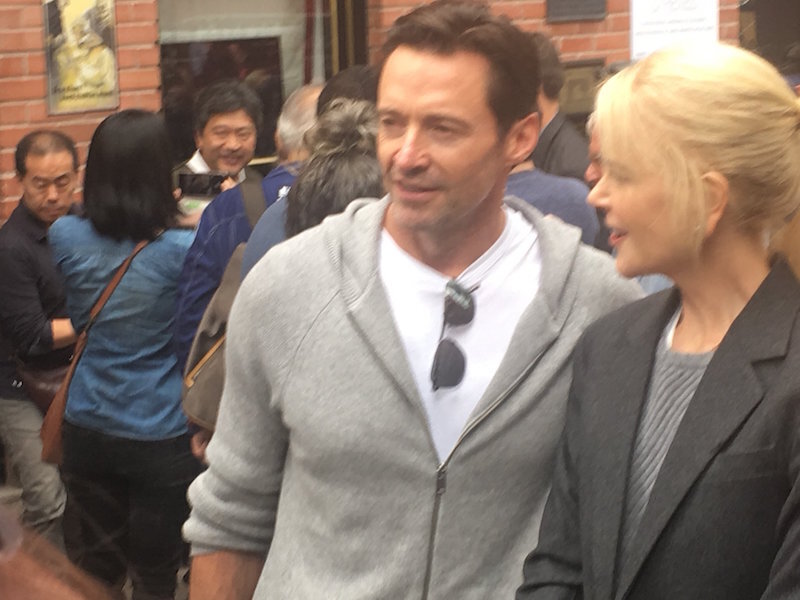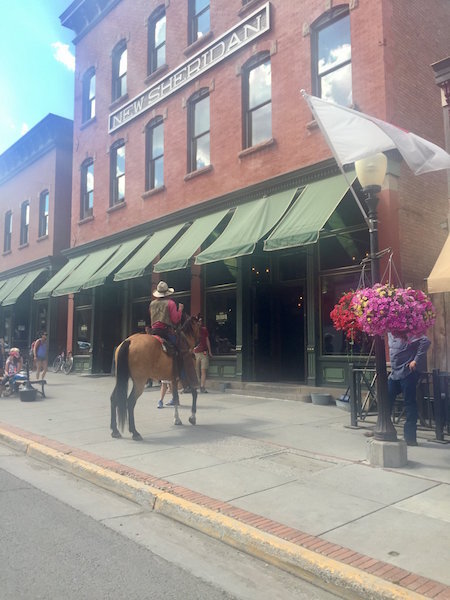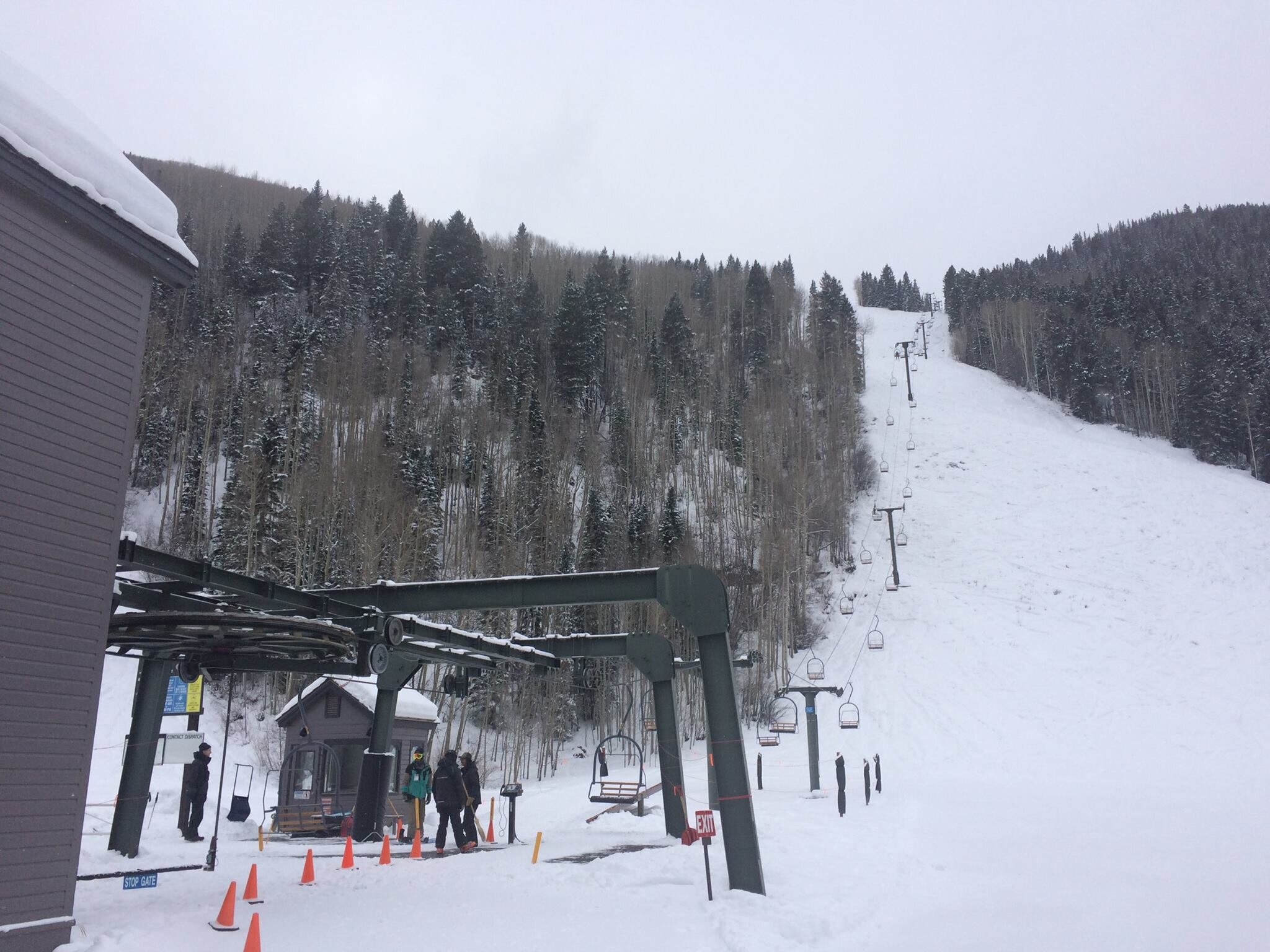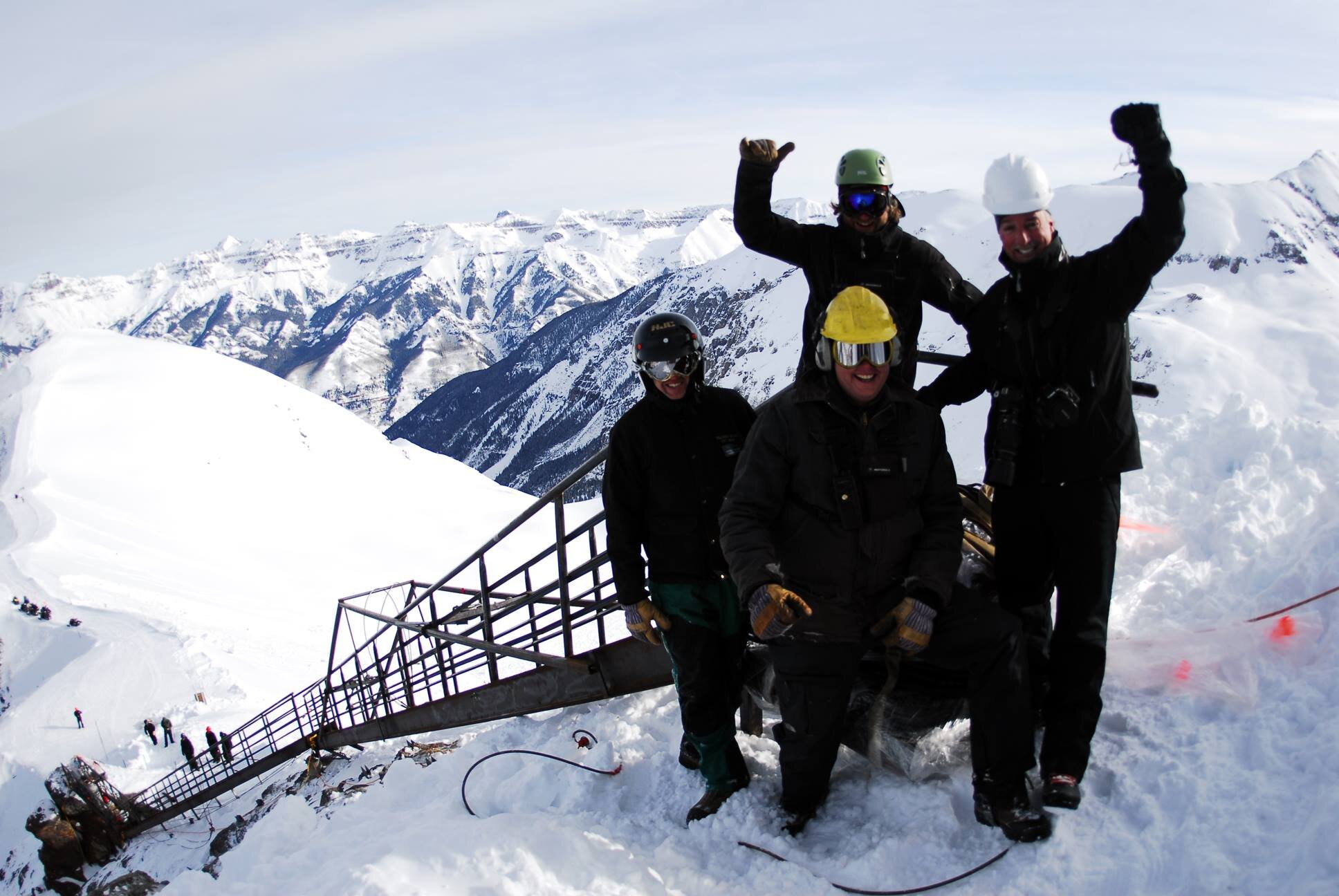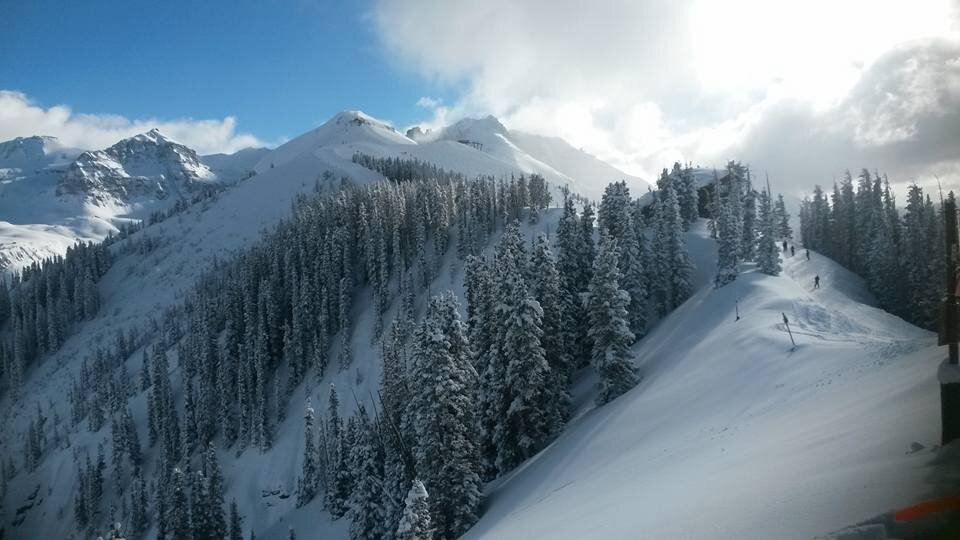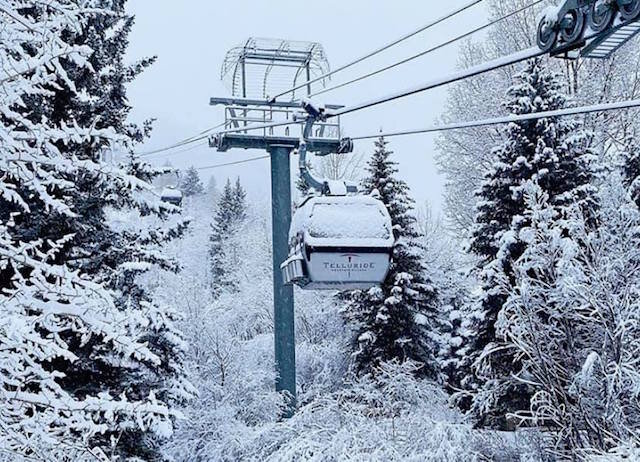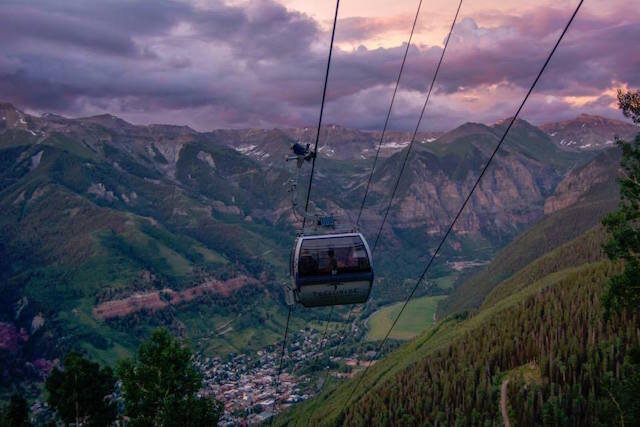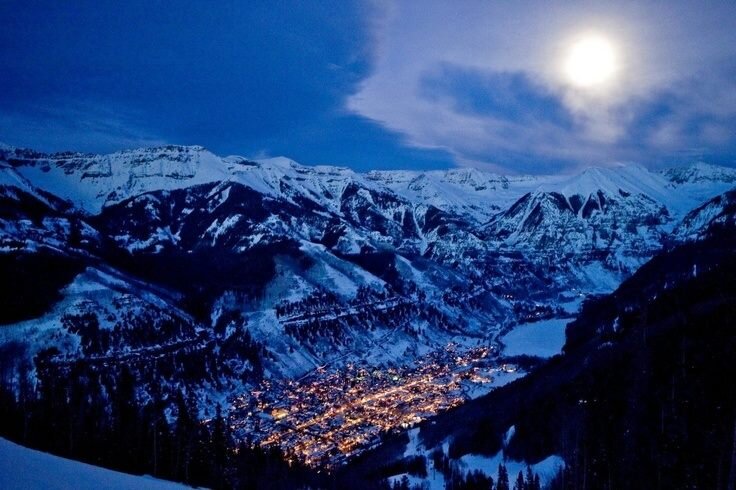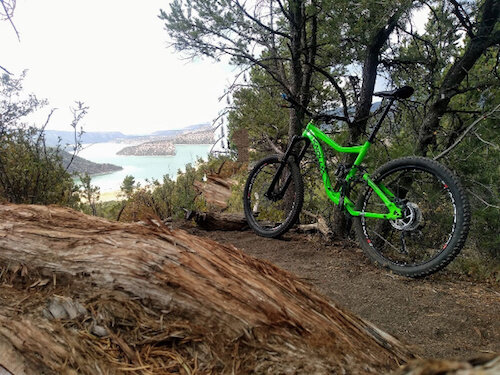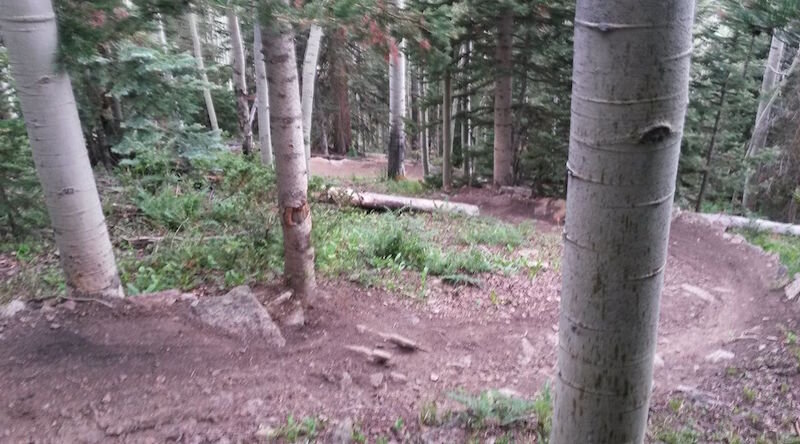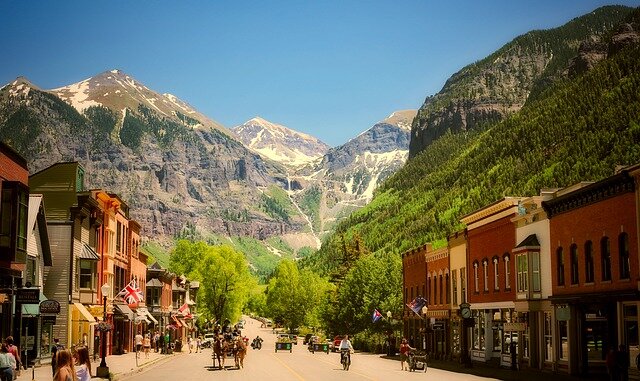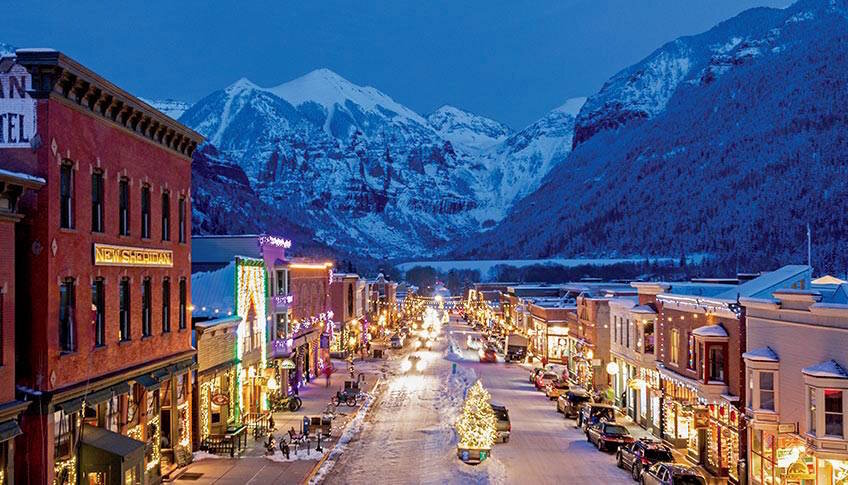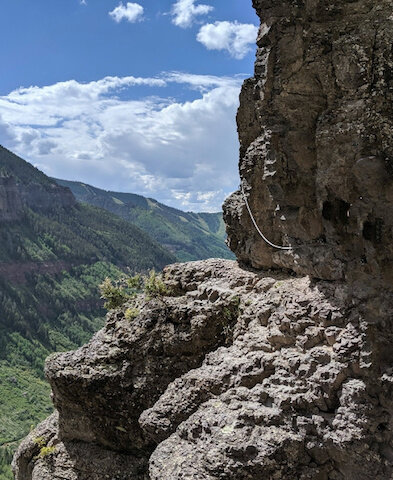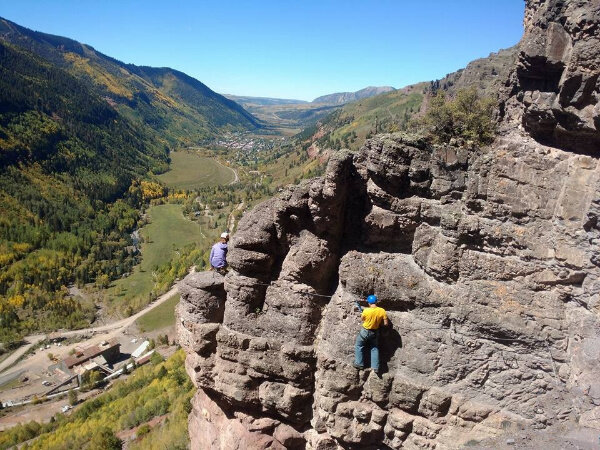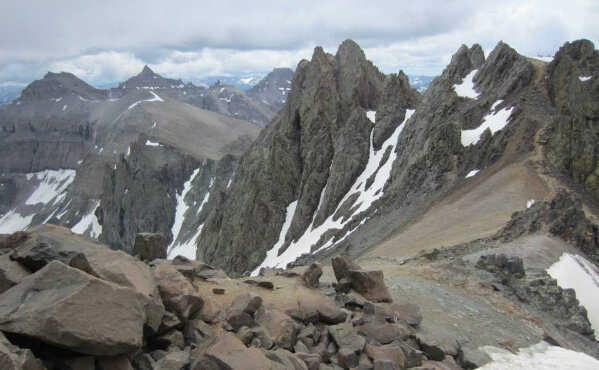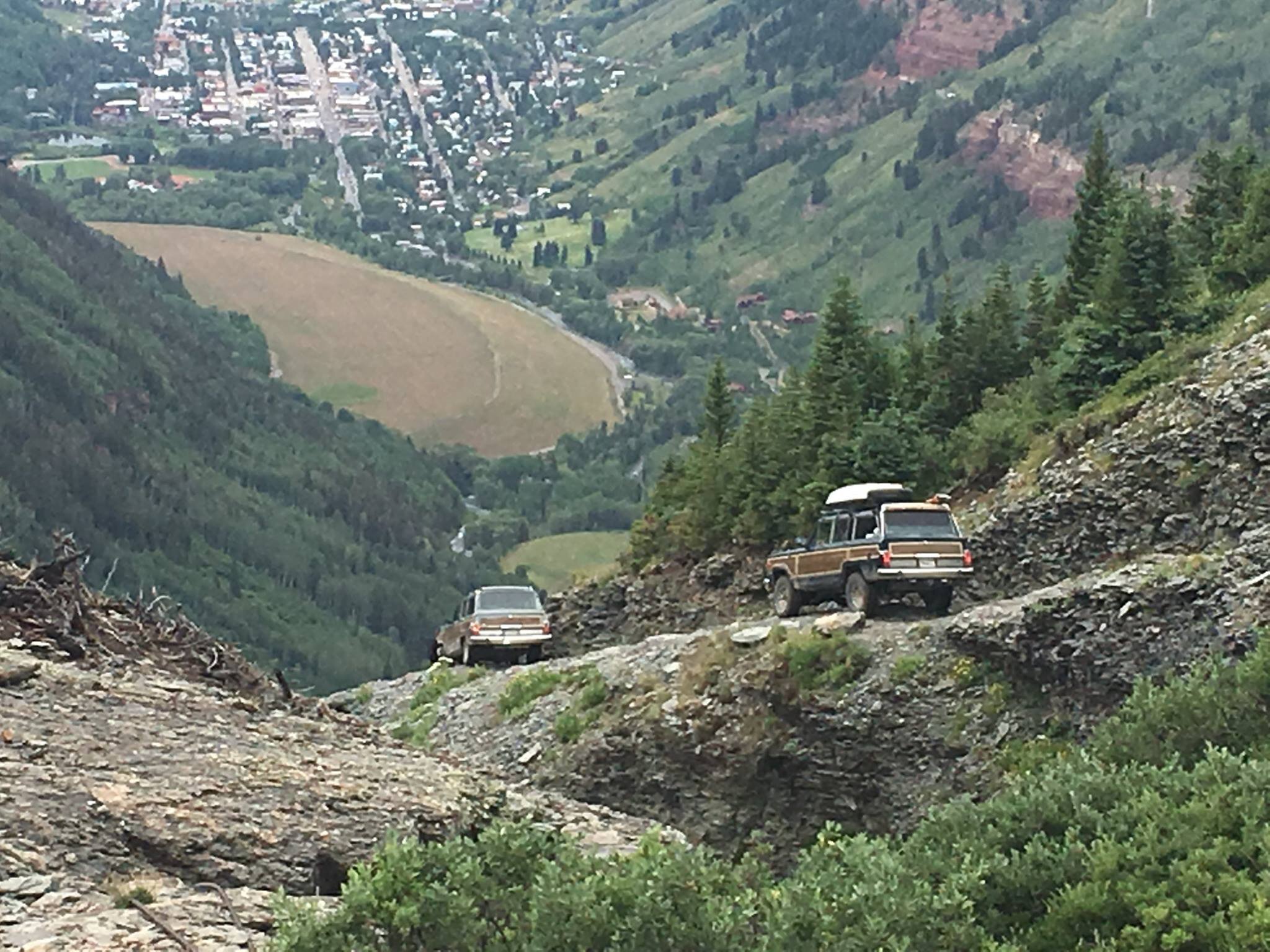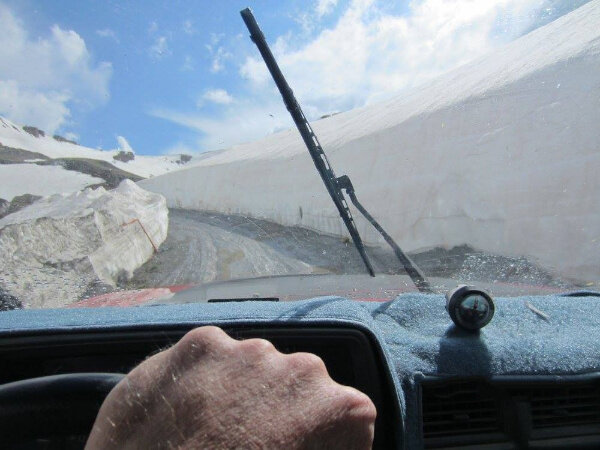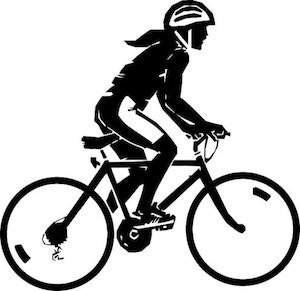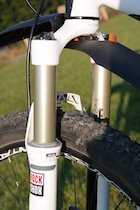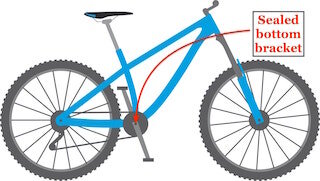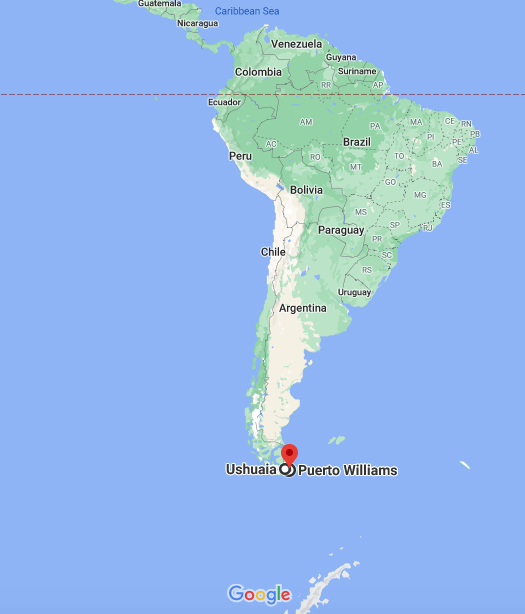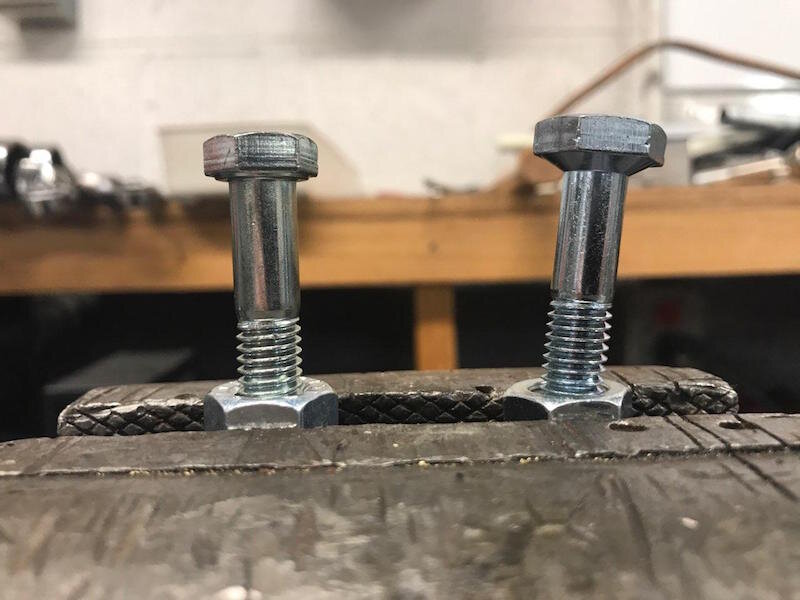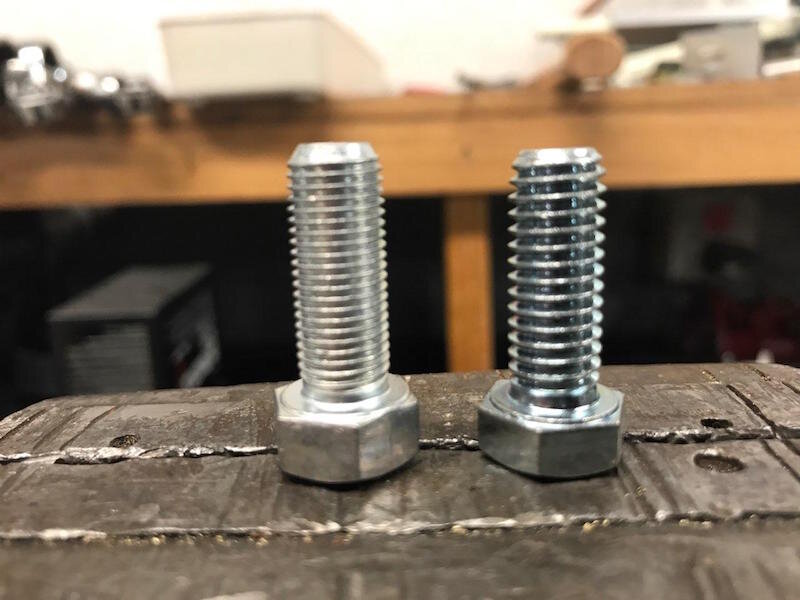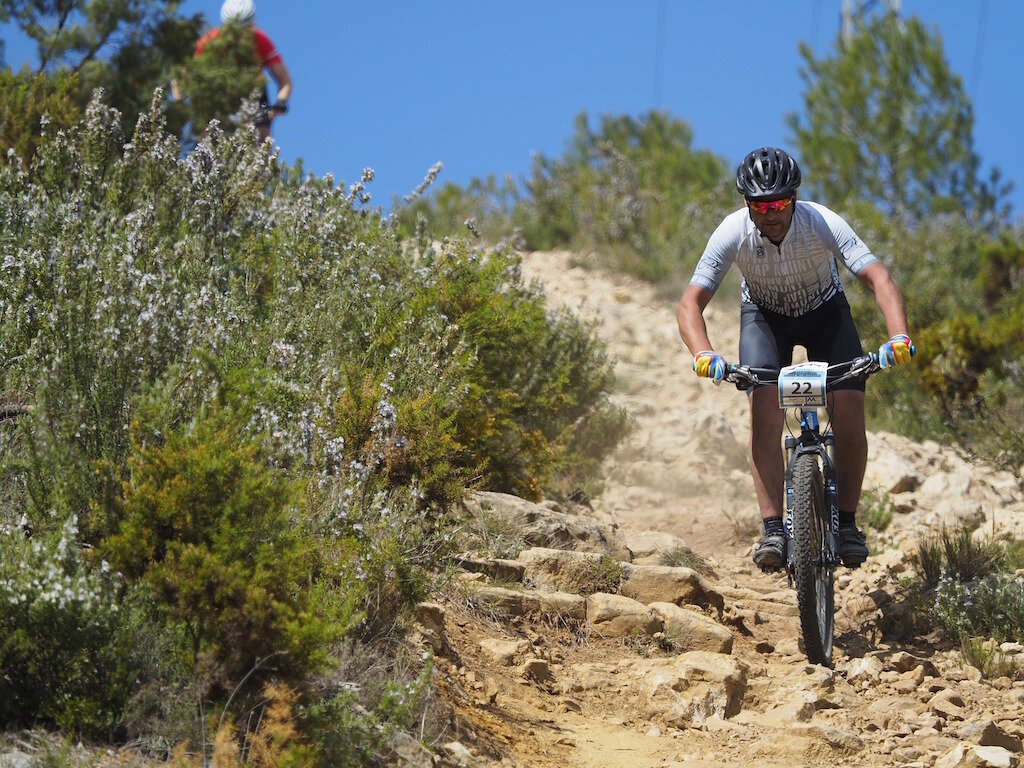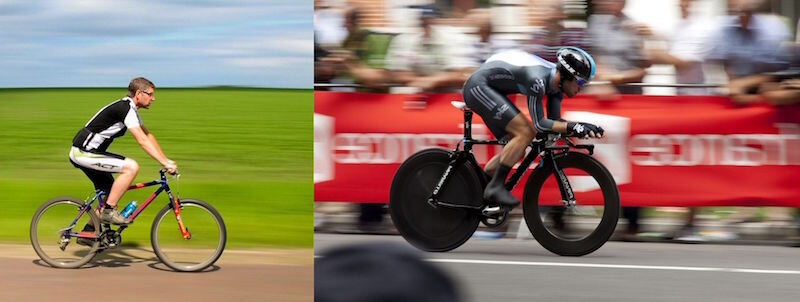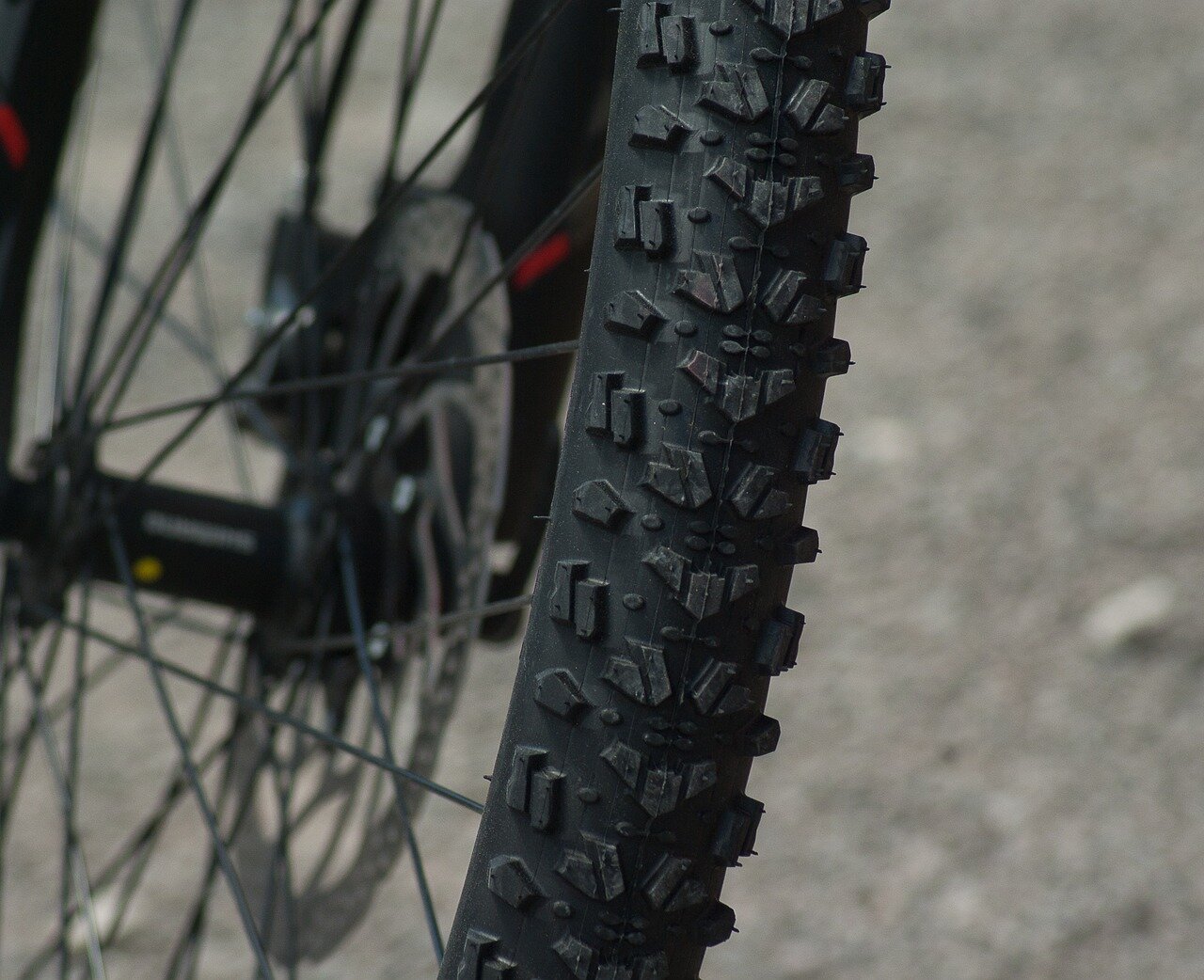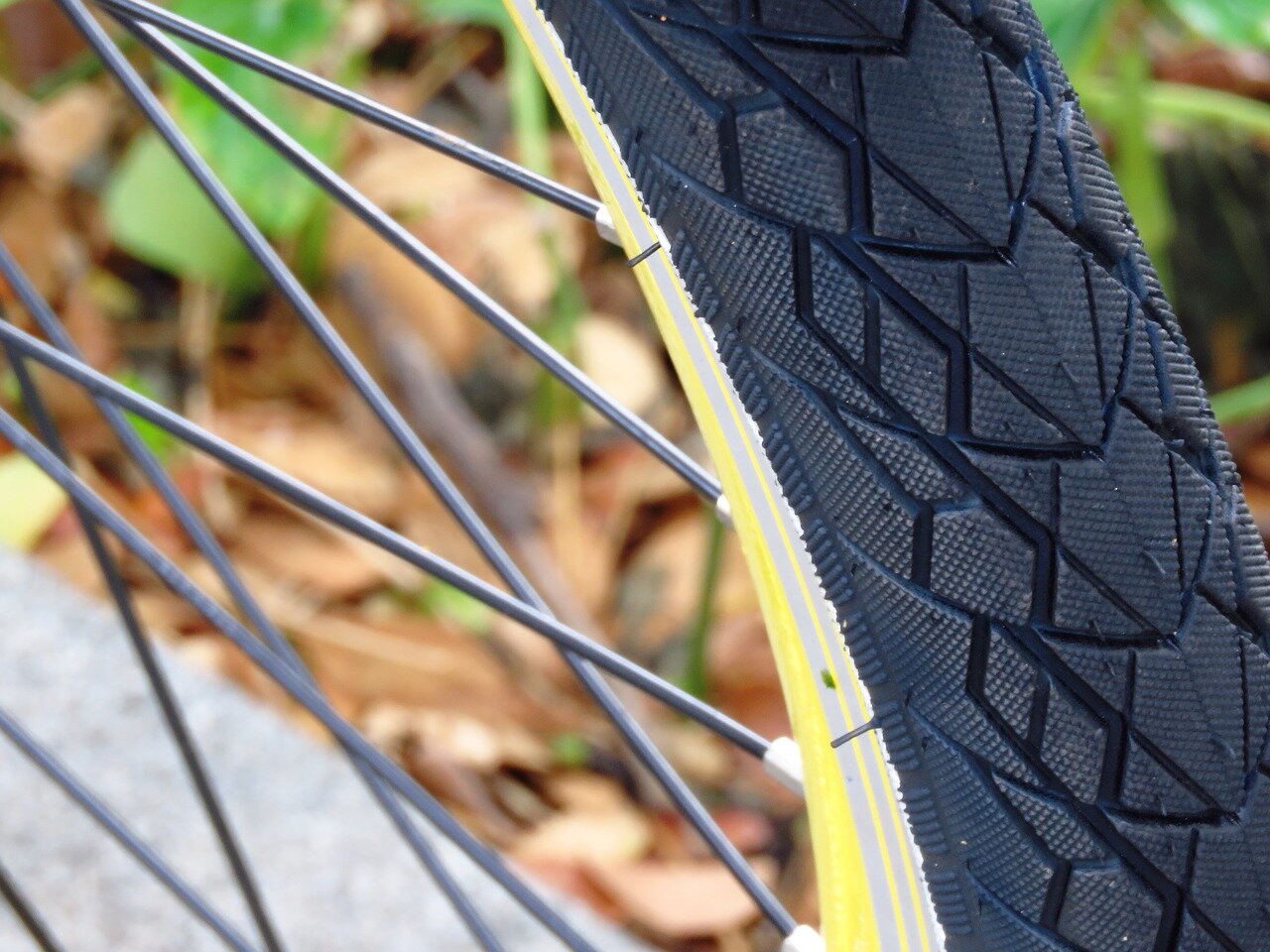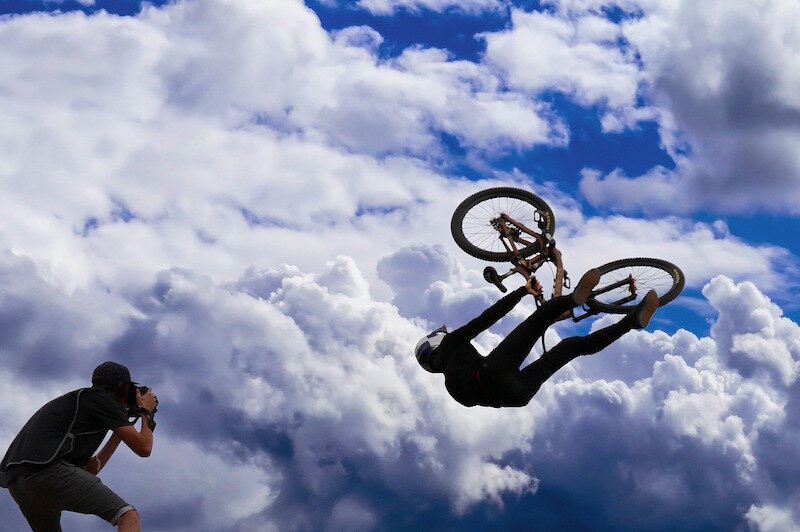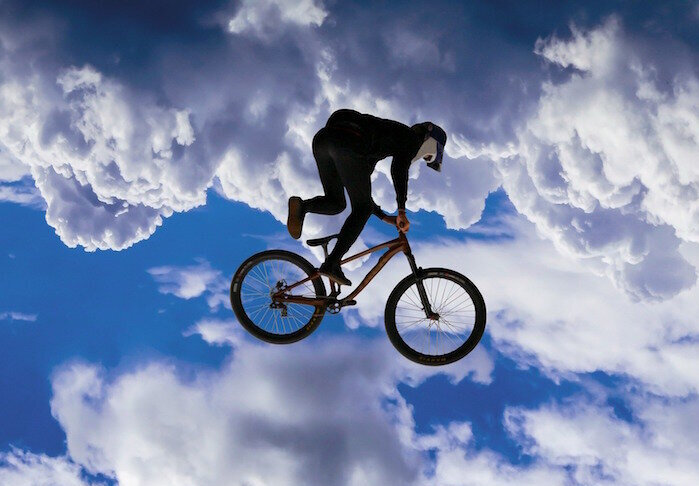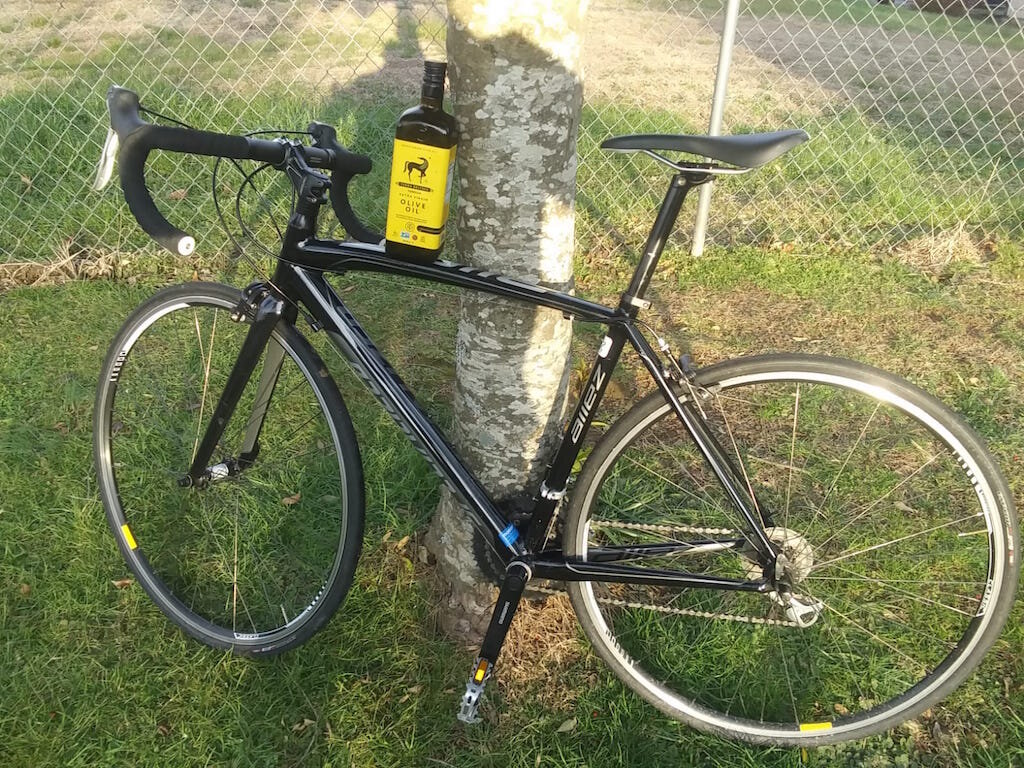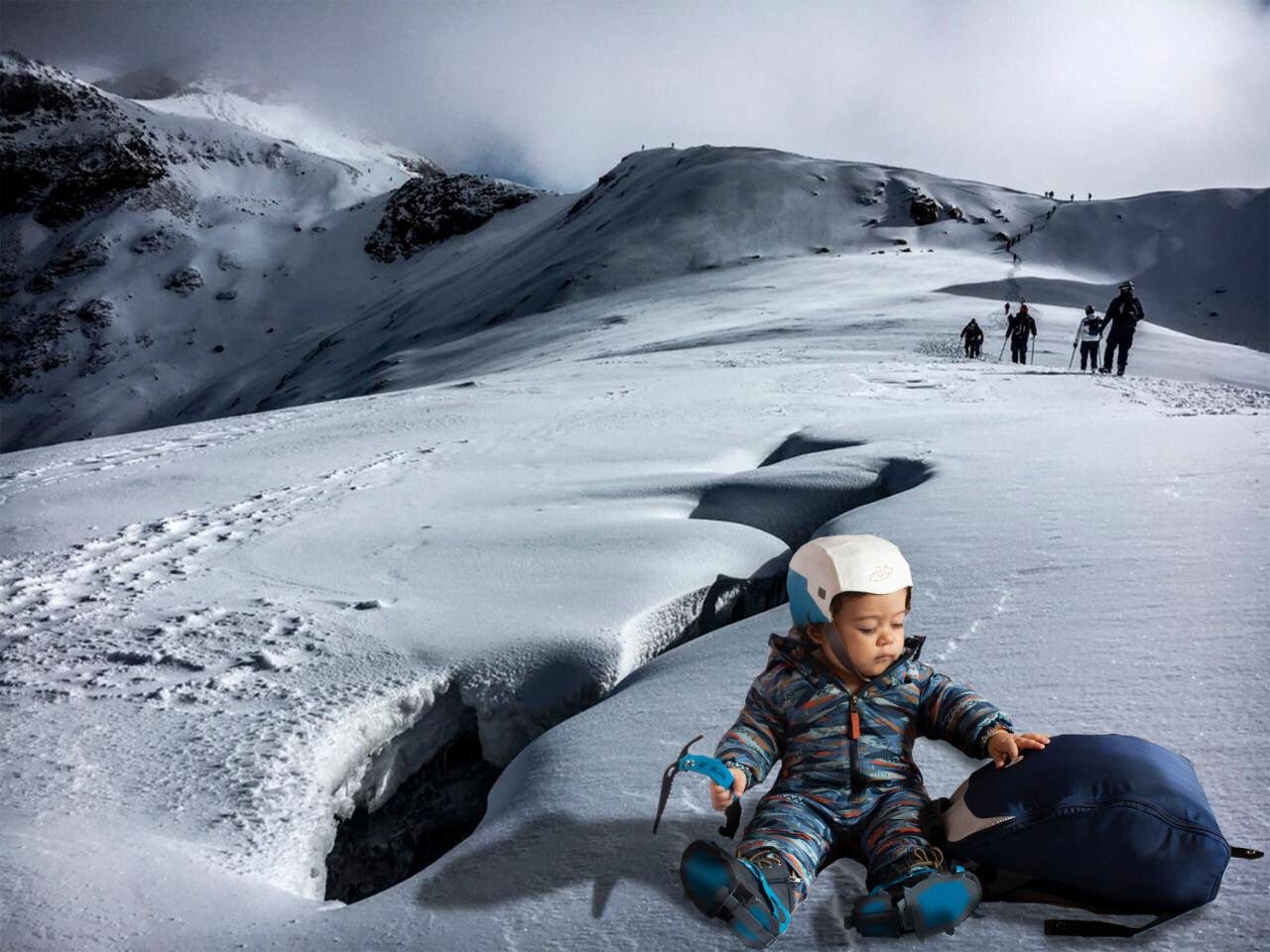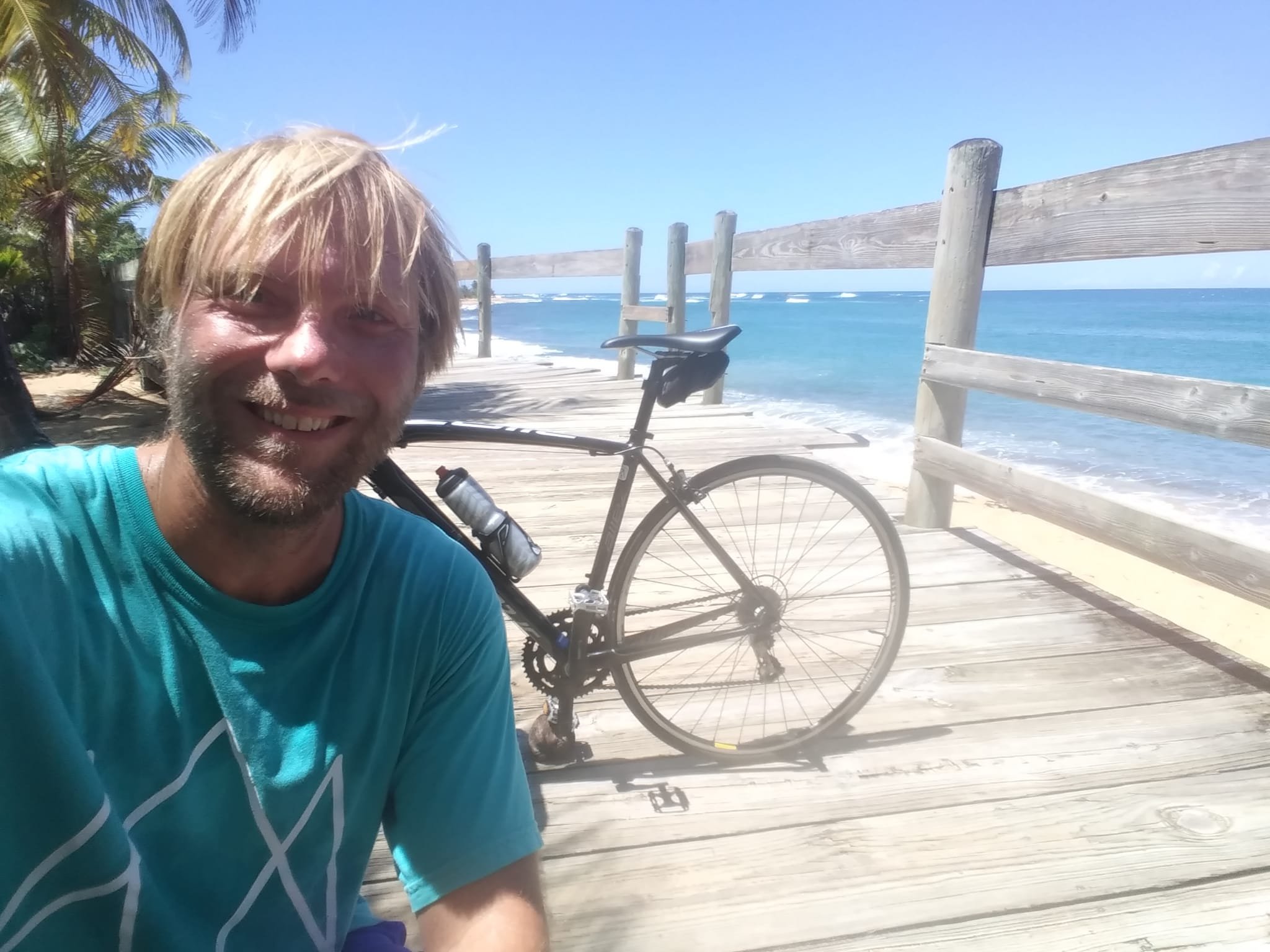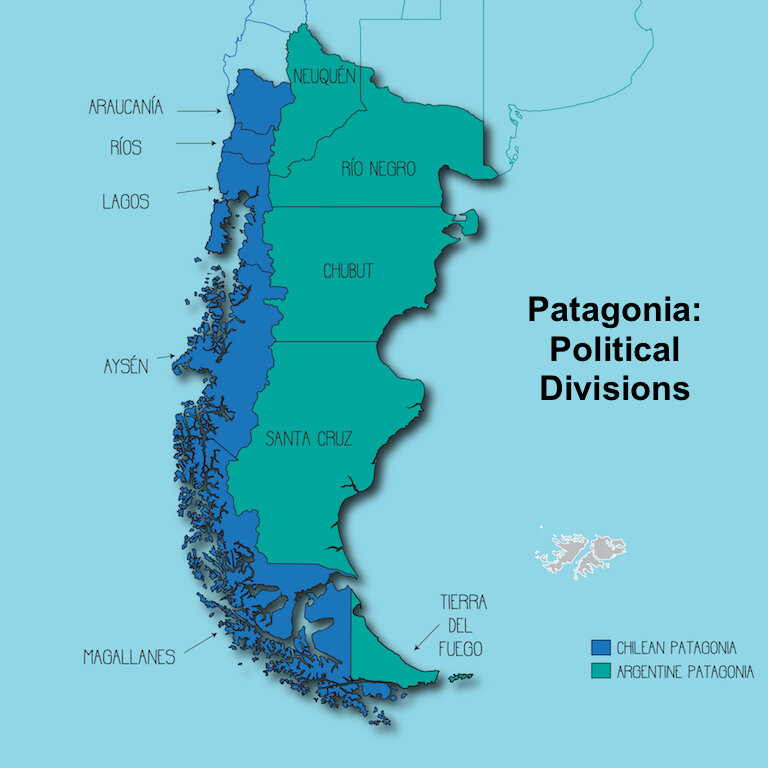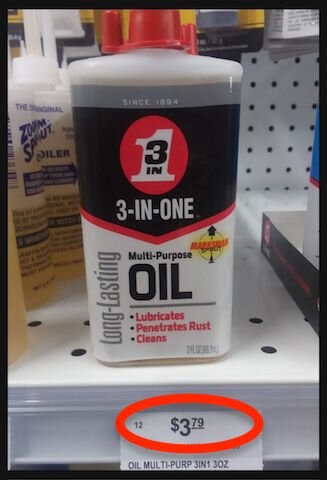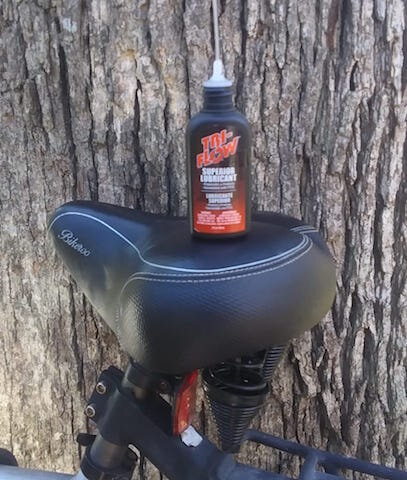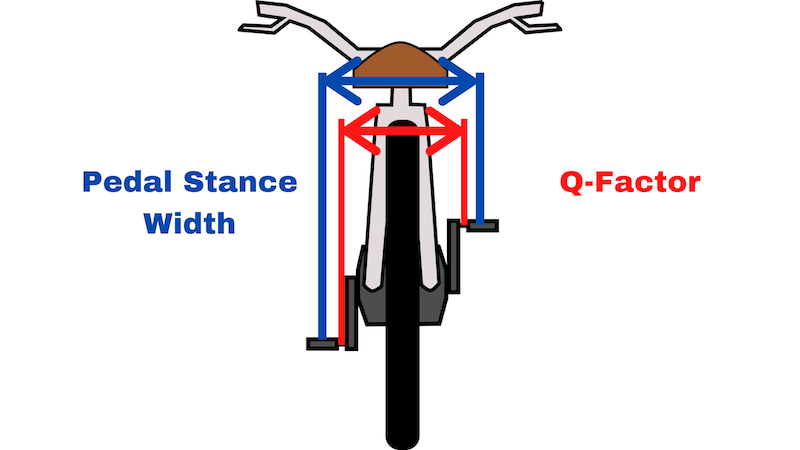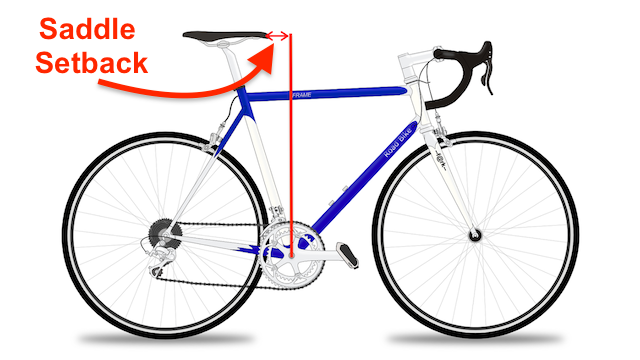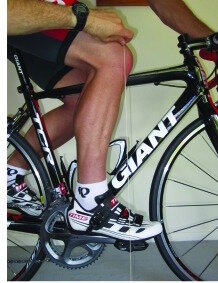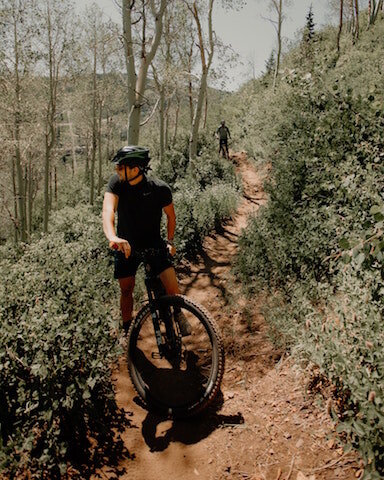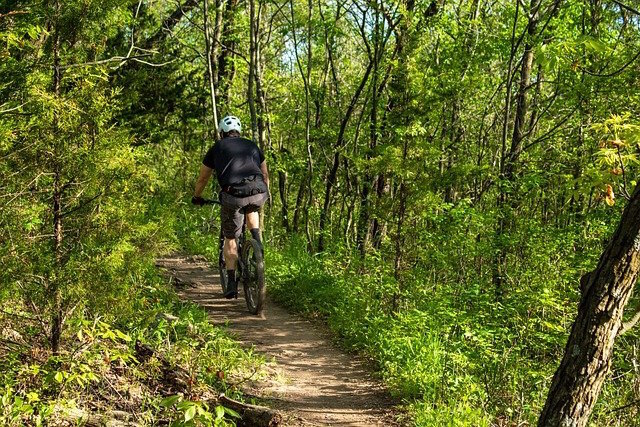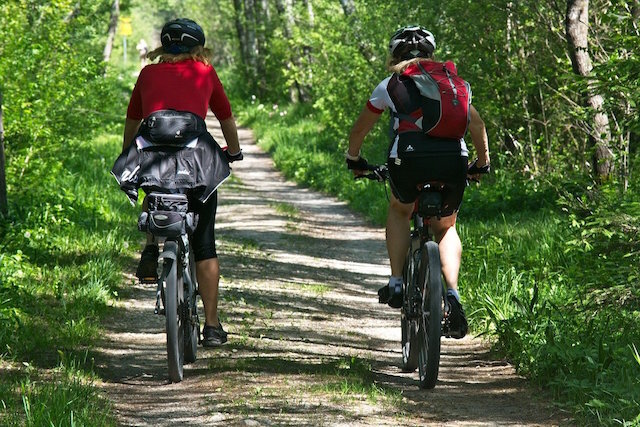At the end of a box canyon high in the San Juan Mountains lies the historic mining town of Telluride, Colorado. Originally founded as Columbia in 1878 and later renamed (1881) by the Post Office to Telluride. This picturesque town is situated at 8,750 feet at the bottom of a canyon at the headwaters of the San Miguel River.
I lived and worked in Telluride, Colorado for over 4-years, and I have compiled a collection of photos and provided local knowledge, so you can maximize your time while visiting this historical mining town.
Denver to Telluride
6 - 7 hours of straight driving from Denver metro to Telluride. With no traffic and weather permitting.
Bridal Veil Falls
The Bridal Veil Creek falls into the head of the San Miguel valley at 10,300 feet, creating a 365-foot waterfall known as Bridal Veil Falls. The house that sits on top of Bridal Veil is the Smuggler-Union Hydroelectric Powerplant, commonly known as the Bridal Veil Powerhouse. This powerhouse was built in 1907 and today supplies renewable energy for Telluride and the San Miguel Power Association.
Telluride was the 1st town in America to have a commercial system to produce and transmit alternating current (AC) electricity for industrial application. However, this was not supplied by the Bridal Veil Powerhouse, but instead, the electricity was generated from the Ames Hydroelectric Generating Plant in nearby Ophir, in 1890. You will drive right through the tiny town of Ophir if you take the 4x4 Ophir Pass Road, which connects Telluride/Ophir to Silverton.
Bridal Veil Falls
Telluride Festivals
While the 4-day Telluride Bluegrass Festival is the town’s most famous fest, the Telluride festival season features a mini-event or full-scale festival nearly every day, including:
Jazz Fest, Film Fest, Balloon Fest, Mountain-Film Fest, Ride Festival, Cars & Colors, Wine Fest, Yoga Fest, Mushroom Fest, Chili Fest, Plein Air Festival, Blues & Brews, Horror Fest, 4th of July, and more.
Notes on the above pictures:
Independence Day (4th of July) in Telluride is celebrated with the annual flyover of F-16 Falcon supersonic jets, from the 120th Fighter Squadron wing of the Colorado Air National Guard.
The Telluride Plein Air Festival, hosted by the Sheridan Arts Foundation, showcases artists' skills in public spaces.
The last festival of the season, Cars & Colors, is a great chance to see Telluride with fewer crowds while leaf-peeping in Colorado’s most picturesque region.
Hiking Trails
Between all the alternative routes, options, loops, and paths, Telluride has hundreds of hiking trails within the San Juan Mountains of Southwest Colorado.
Popular trails, such as Jud Wiebe, Bear Creek Falls, and Cornet Falls are relativity easy hikes, that are accessible from downtown and are great options if you have limited time, fitness level, or struggling with altitude acclimation.
However, as someone that has hiked most of the local trails, I’d recommend:
Blue Lake
Sneffels Highline and Deep Creek Loop
Liberty Bell Trail
Ajax Peak
Ballards Horn (Point 13,145)
Lizard Head Trail
Wildlife: Bears & Elk
People Watching
While Telluride Film Festival and Mountain Film Fest bring in numerous famous people, Telluride is a second home to countless celebrities, such as Jerry Seinfeld, Oprah, Tom Cruise, Jewel, Neil Young, and Kelly Ripa.
Skiing/Snowboarding
In 1969, it was announced that a new ski area was being developed:
“Bigger than Vail, as large as Aspen Highlands, Ajax and Buttermilk combined, and twice as big as Mammoth in California."
By 1972, the Telluride Ski Resort opened with 5-lifts. While this resort never delivered on its promises, Telluride offers the steepest and most diverse terrain in the state.
As Telluride has become more publicized and popular, the lines and wait times have grown. However, easily accessed and high usage backcountry areas are nearby, such as Bear Creek. Avalanche assessment should always be a high priority as Colorado’s snow is prone to sudden collapse.
Free Public Gondola
In 1996, the gondola serving Mountain Village from Telluride began operation. The 13-minute ride provides free public transport for the public and saves motorists an 8-mile, 25-min drive between towns.
* You need a pass to access biking/skiing from the gondola
Allred’s Restaurant: Top of the gondola
At the top of the gondola is Allred’s Restaurant, which is accessed at the mid-station or St. Sophia Station. Allred’s is located at 10,535 feet and offers the best views of any restaurant or bar in Telluride/Mountain Village.
This photo was taken while sitting at Allred’s bar.
Bicycling
The best part of mountain biking or cycling in Telluride is you can take the Gondola up, and 75% of the elevation gain is done for you. The ski resort features a bike park along with double and singletrack cross-country trails that meander through aspen groves and lush meadows, while mostly being downhill.
Local Favorite: Prospect Trail
Take the Gondola up to San Sophia Station at 10,540 feet, here, you will find Prospect Trail, a local favorite.
I’d recommend connecting to Jurassic/Meadows Trails, which ends near the Telluride Brewing Company, the area's best brewery, along with Colorado Boy in Ridgway. After T-Brew, you can bike the Valley Floor back to town (see picture below).
*NOTE: The picture with the green bike is taken at the RAT in Ridgway, 45 minutes from Telluride. The Ridgway Reservoir is seen in the background. The other two pics are taken in Telluride, including one on Prospect Trail.
The Valley Floor is a 560-acre preservation area. There are walking and biking paths in the summer and 12-miles of groomed cross-country skiing trails in the winter.
Telluride Historic District
In 1963, Telluride was officially designated as a National Historic Landmark District. The downtown core is largely intact from the mining boom era from 1878 to 1913. The Sheridan Opera House was the last major project during this period and was constructed in 1913. In the 1890s, at the height of the mining boom, Telluride was housing over 5,000 residents, and by 1970, following layoffs in the mines, the town’s population dropped to 436.
In 1889, Telluride’s mining wealth became well known and attracted Butch Cassidy, who robbed the San Miguel Valley Bank, which is on the corner of Colorado and Fir Street. Shortly after, the bank burned down but has been rebuilt to look identical.
Via Ferrata
This 3-mile trail, which means “Iron Way” in Italian, is mostly a hike with some sections of exposed rock climbing. While many “locals” will say that the Via Ferrata is only reserved for the “adrenaline junkie,” 97% of this trail is a relatively easy hike.
The Via Ferrata is a must-do for any hiker who doesn’t have a fear of heights and wants insane pictures of Telluride, especially Bridal Veil Falls.
Finding the trailhead can be a bit challenging so do your research. I also recommend doing this hike in reverse to what is generally recommended.
14ers
Colorado has 58 mountain peaks that exceed 14,000 feet in elevation (4,267 meters).
These peaks are called "fourteeners" or "14ers”
The San Juan Mountain Range of southwestern Colorado and northeastern New Mexico have the highest concentration of 14ers of anywhere in the United States, with 14 fourteeners.
Mt. Sneffels (top picture), near Telluride, is generally considered to be the prettiest of all the 14ers in Colorado.
Coors Beers: Wilson Peak, the 14,023 foot 14er, is the mountain range that is depicted on the Coors Light can.
Mt. Wilson, near Lizard Head Pass, is a different summit than Wilson Peak. These summits are approximately 1-mile apart, but their respective trailheads are about 1.5 - 2 hours apart by car.
If you’ve never hiked a 14er before, don’t expect to summit on your first try, especially Wilson Peak, Mt. Wilson, or Sneffels. Also, don’t feel bad, I know many longtime locals that have never “bagged” a 14er before.
Colorado & 14ers
Colorado is the only Rocky Mountain state that houses 14,000-foot peaks. Utah, New Mexico, Arizona, Wyoming, Idaho, and Montana are home to 12ers and 13ers, but zero 14ers. Even the famous Grand Teton, in Grand Teton National Park only reaches 13,776 feet.
Hot Springs
Rico Hot Springs, just outside Rico, Colorado, features several natural hot springs, with one main pool, shown in the above photo.
25-miles from downtown Telluride
As of 2021, the Rico Hot Springs have become privatized with limited visitation and a waiver of liability on their website (I provided the link).
Commercial Hot Springs
However, Orvis Hot Springs, in Ridgway, is a clothing-optional, commercialized spring about 45 minutes from Telluride, and is on the way to/from Denver. This is one of the most rustic, and authentic commercial hot springs in the state.
The vapor cave at Wiesbaden Hot Springs Spa & Lodgings in Ouray is the most underrated hot spring in all of Colorado. Also, if you make it out to Telluride, you must go to Ouray, which is about an hour’s drive.
4x4 mountain passes
In the summer, once the high-elevation mountain passes are free of snow, Telluride, Silverton, Ouray, Illium, and Ophir are only miles apart.
Imogene Pass, Last Dollar Road, Ophir Pass, Engineer Pass, and Black Bear Pass all connect these towns while traversing old mining “roads” that reach over 13,000 feet.
If hiking/biking/skiing is not for you. Taking one of the mountain passes in a 4x4 vehicle is the way to go. The same stunning views without the work.
4X4 off-road paths are shown in color. Image Source: Ouray Mountain Adventures.
Jesse is the Director of Pedal Chile and lives in La Patagonia. Jesse has a Master of Science in Health and Human Performance and a Bachelor of Science in Kinesiology. Telluride was my home for 4-years and writing this article brought back many memories, especially scrolling through all the photographs.
More articles from Pedal Chile

